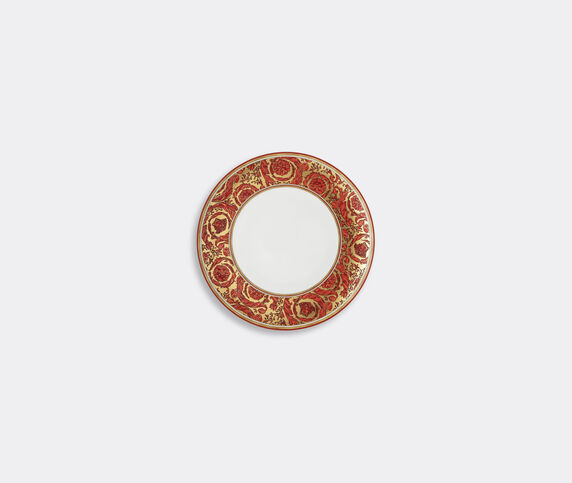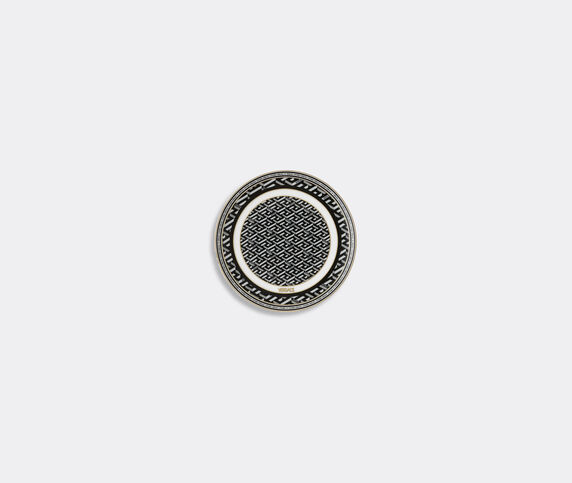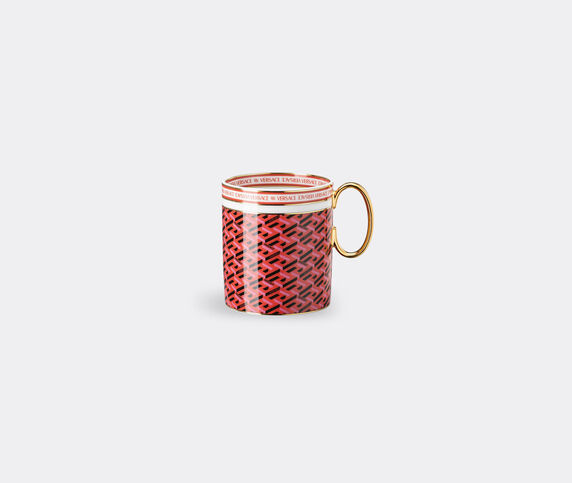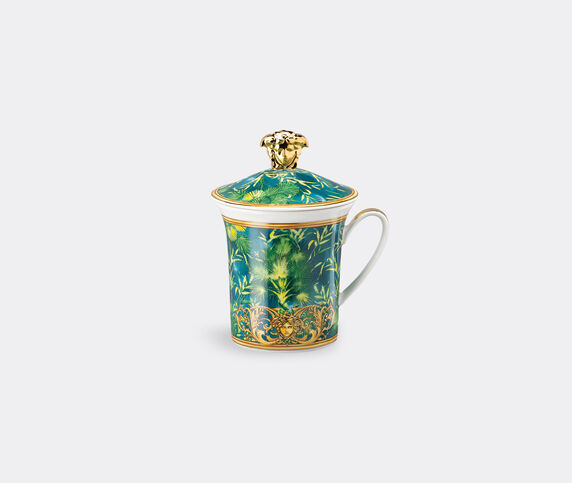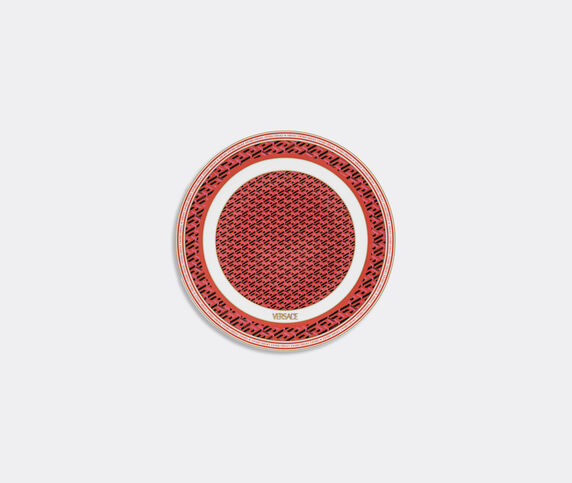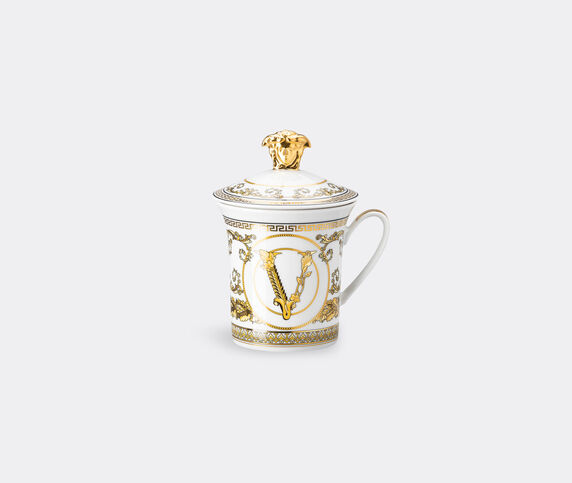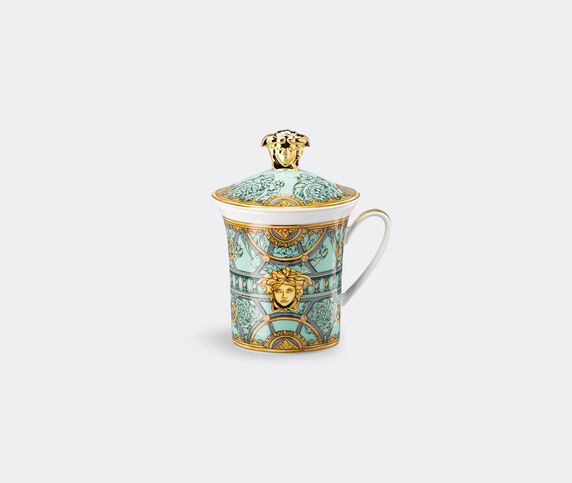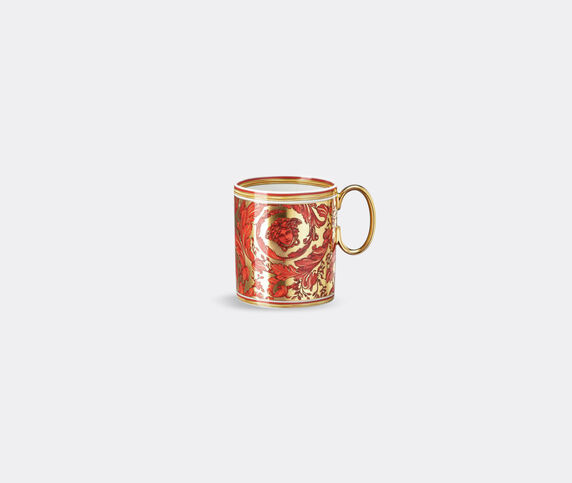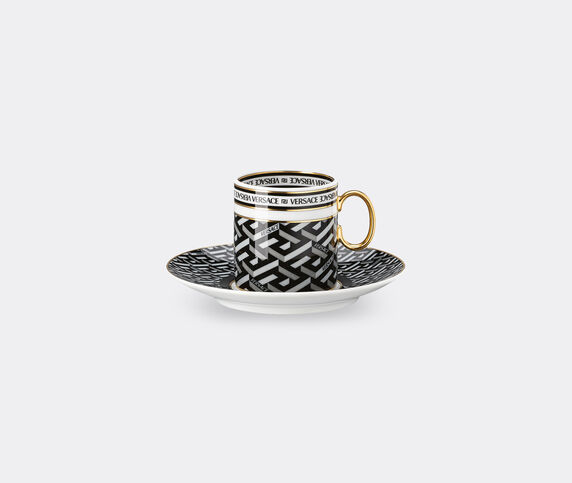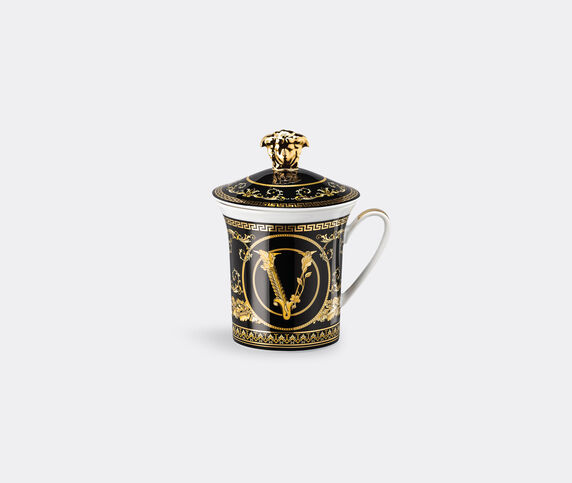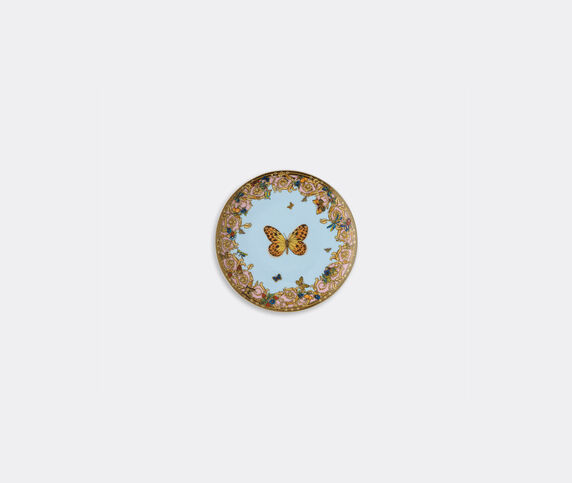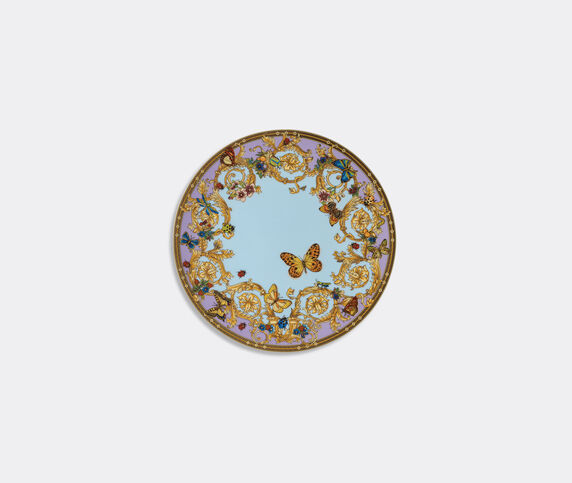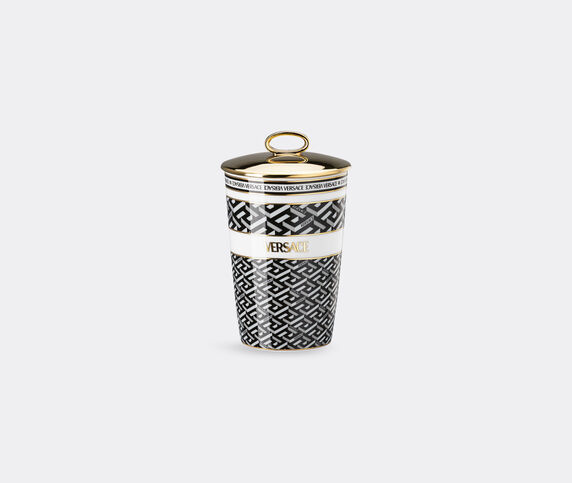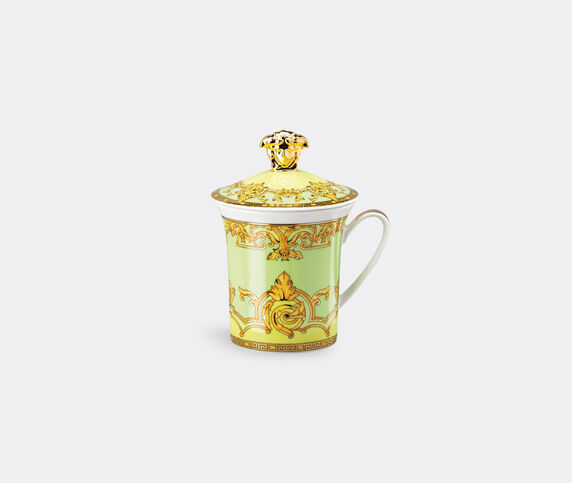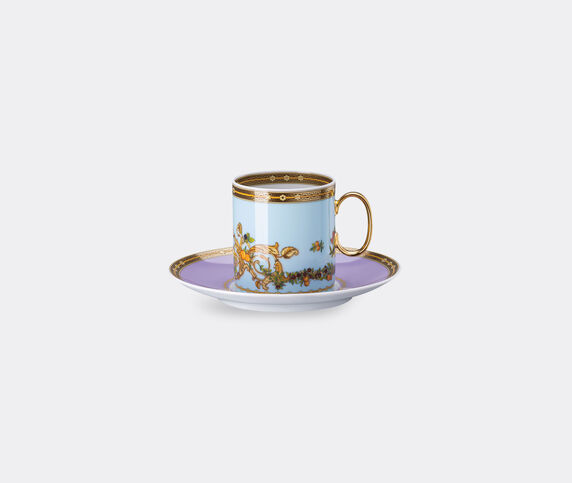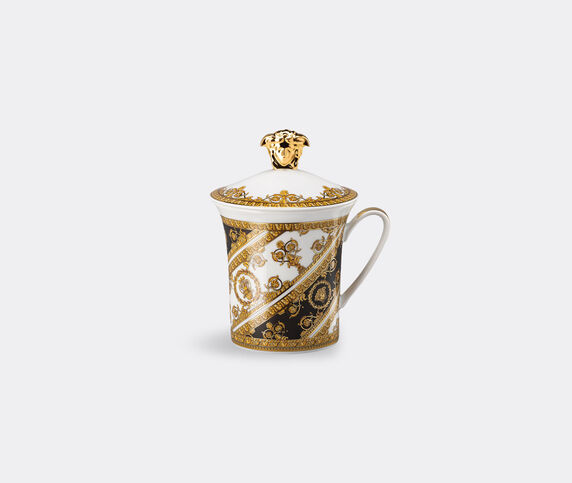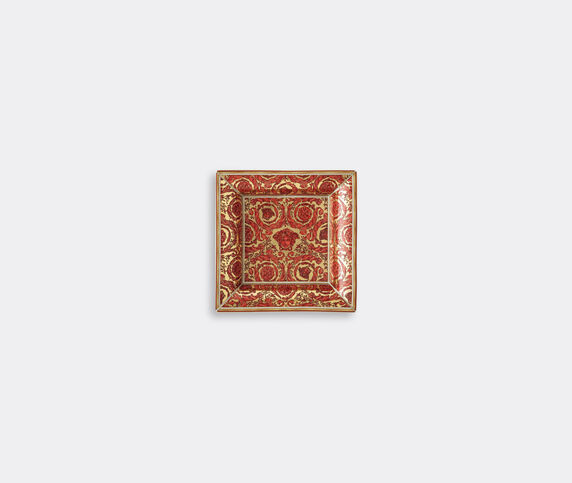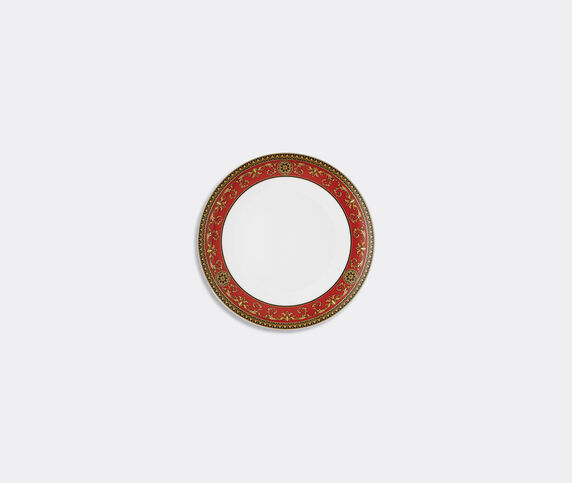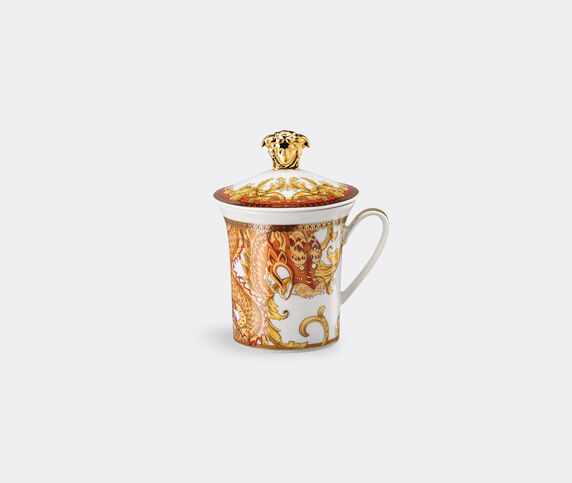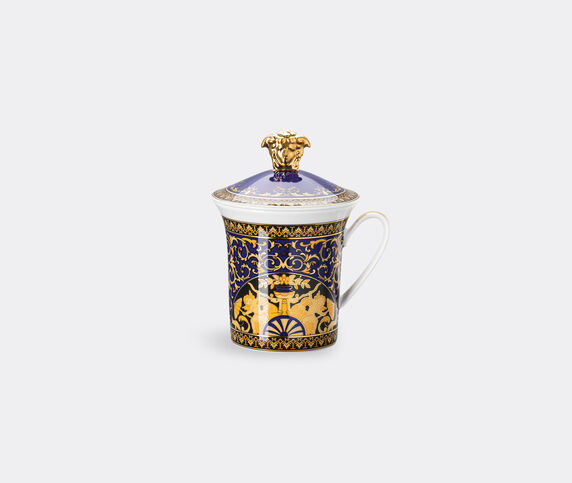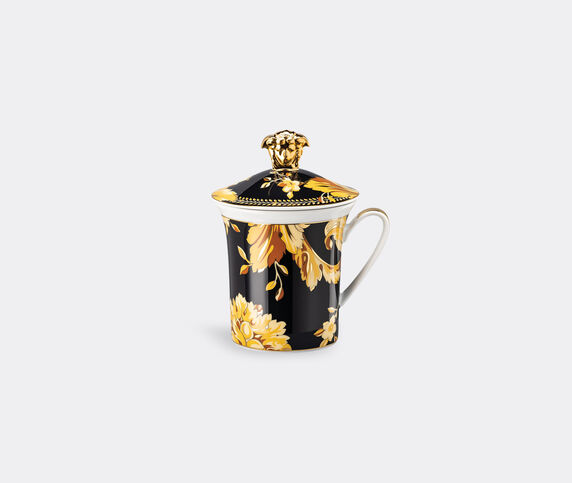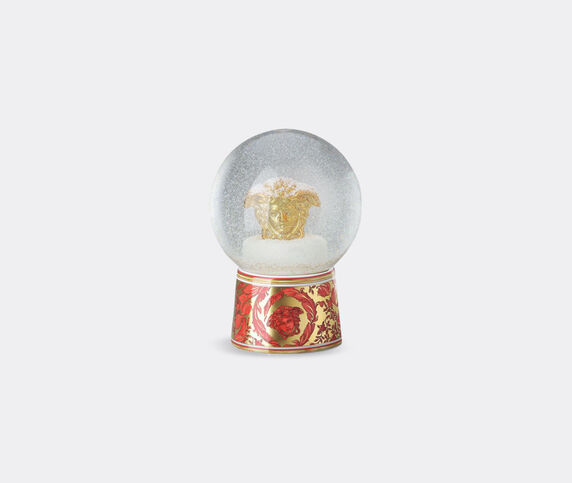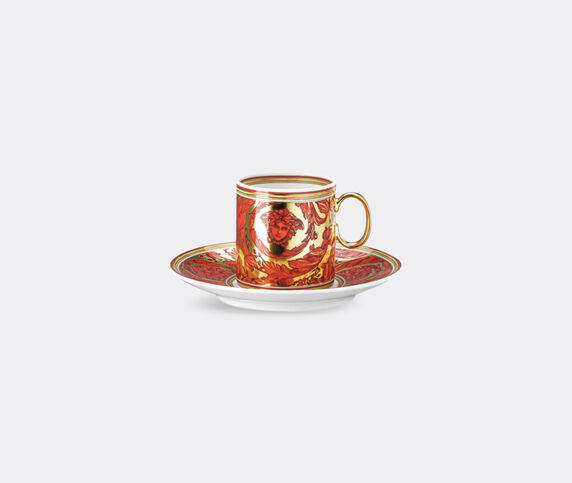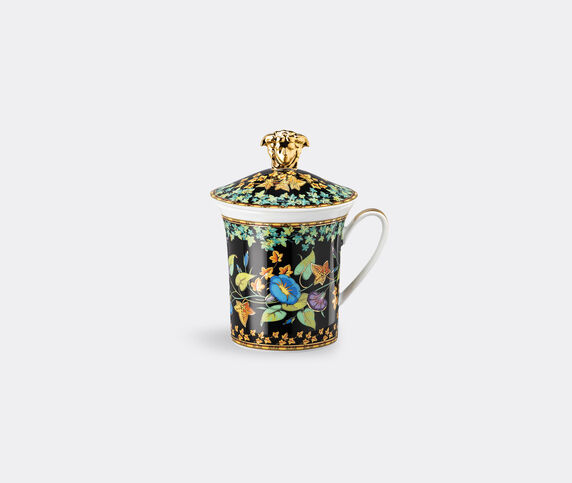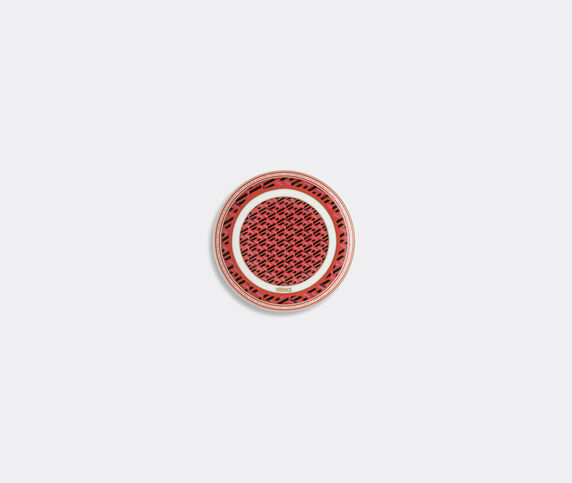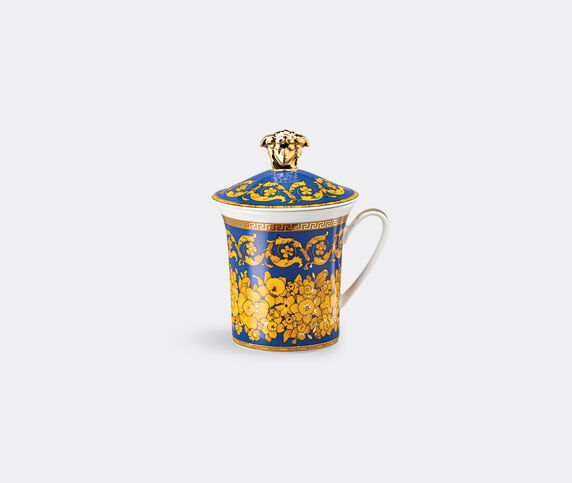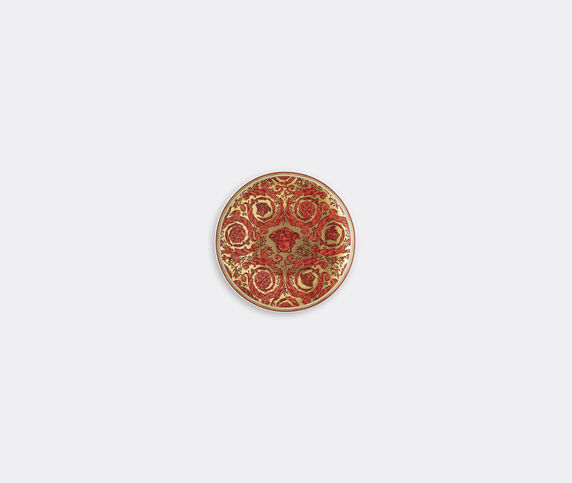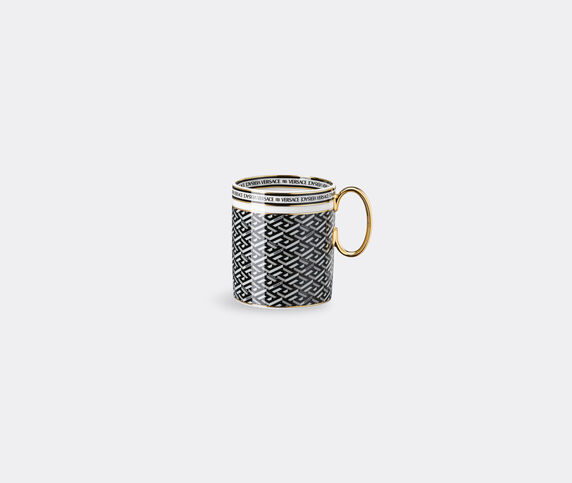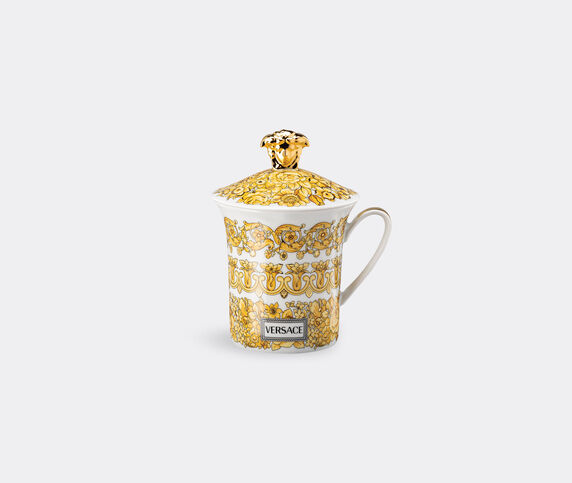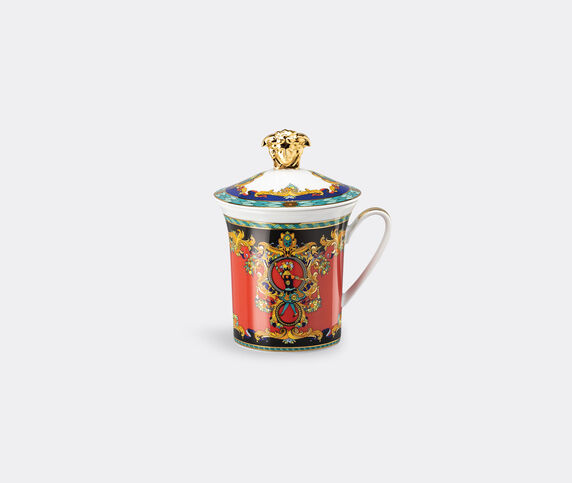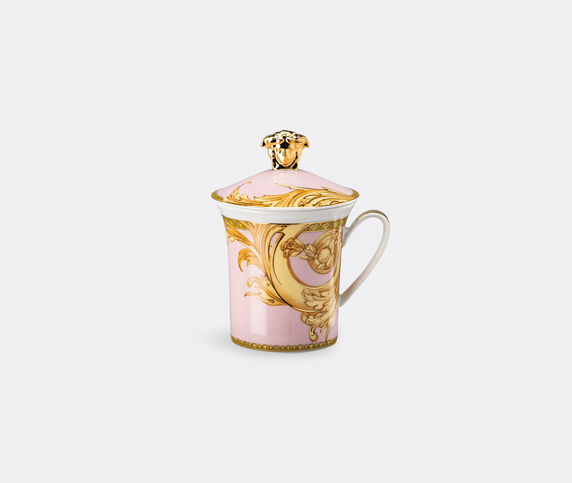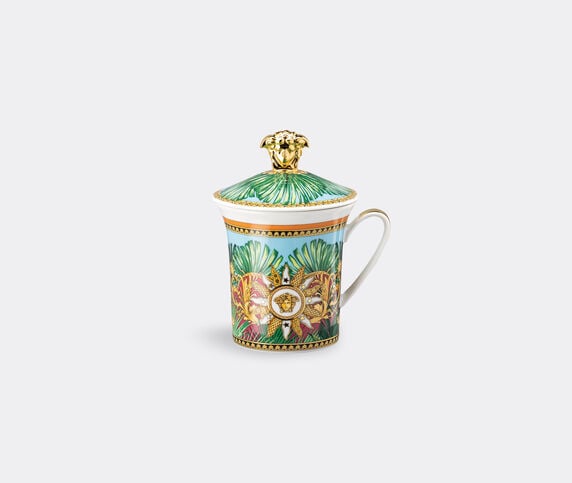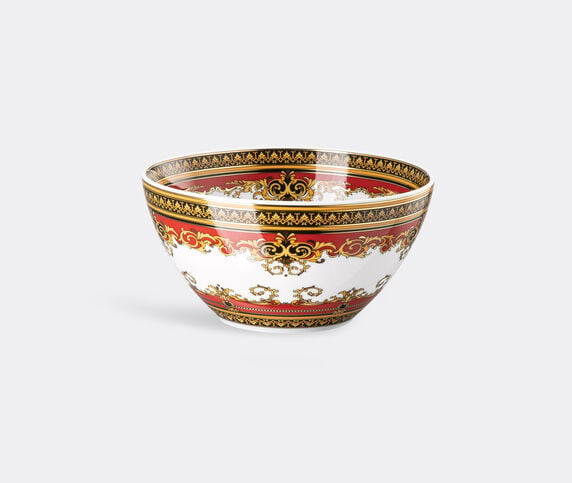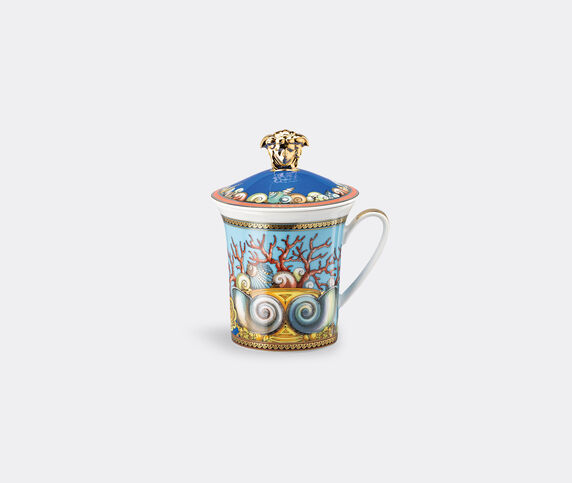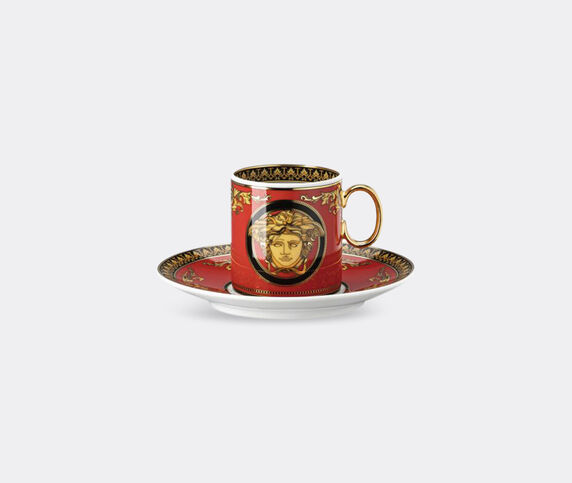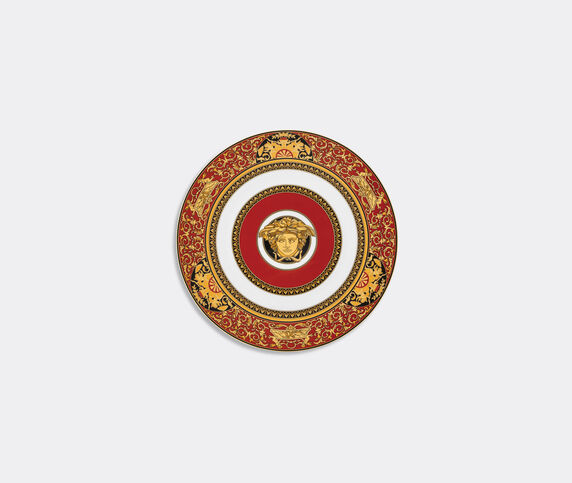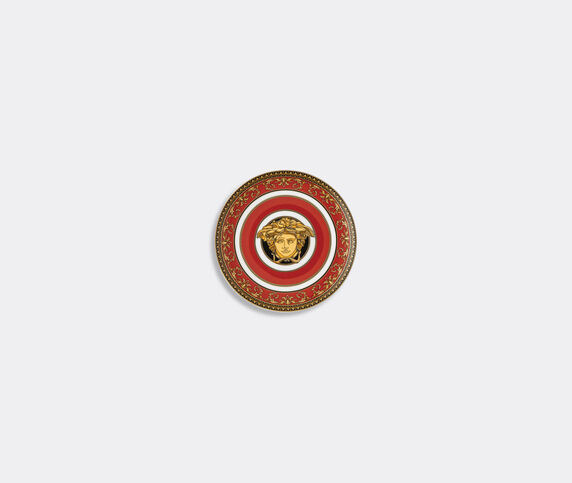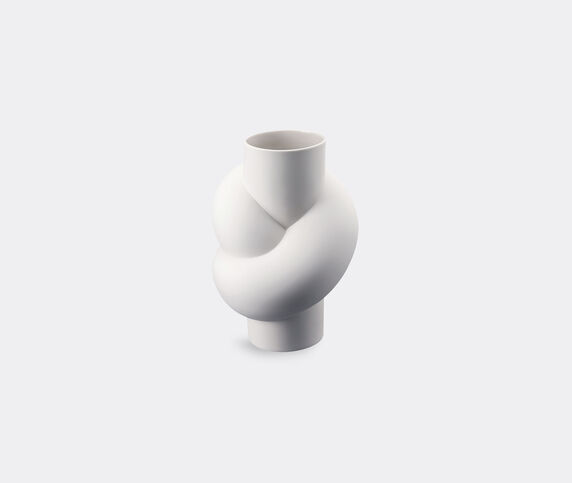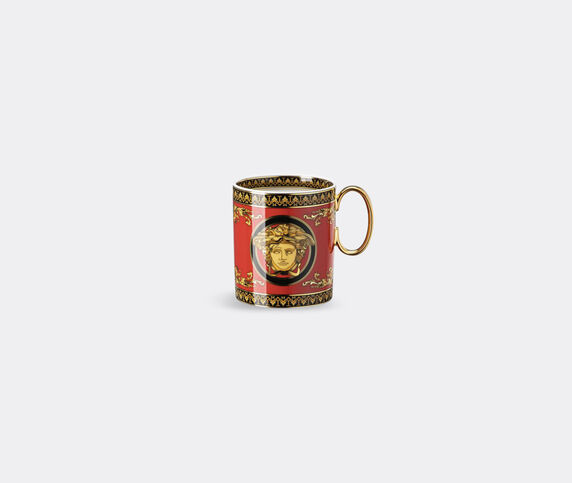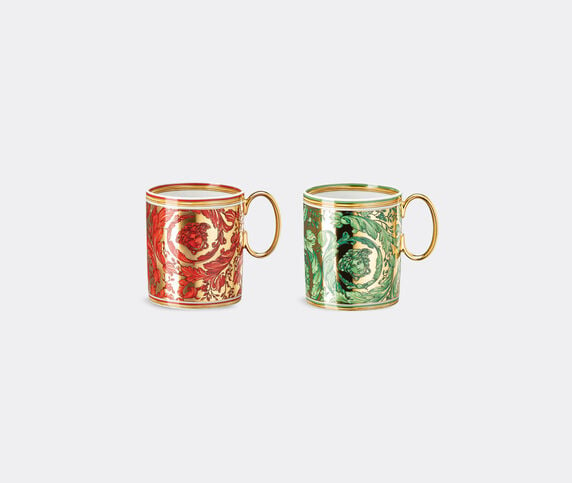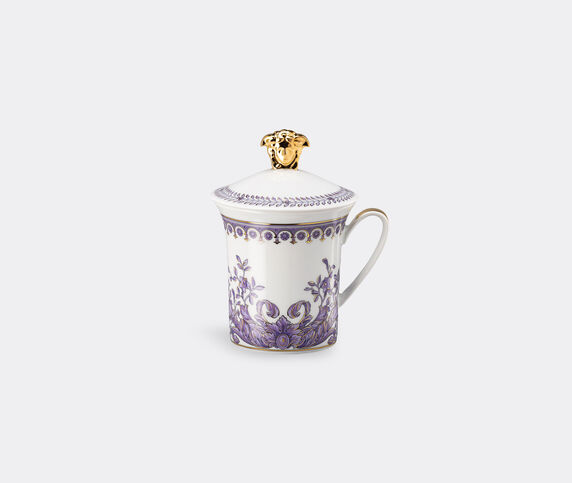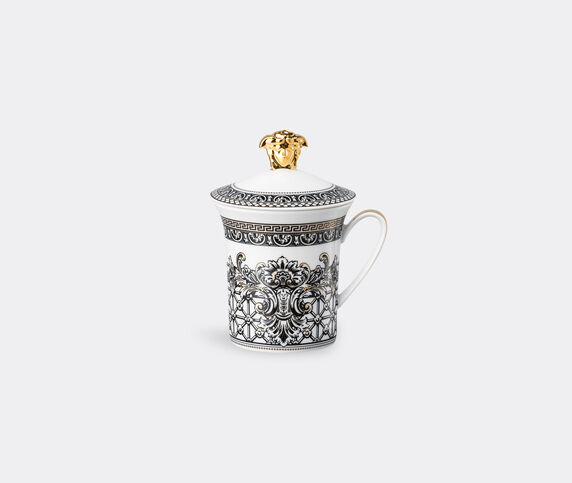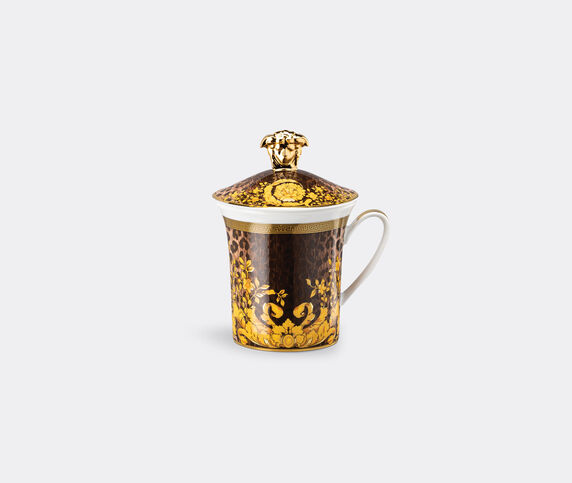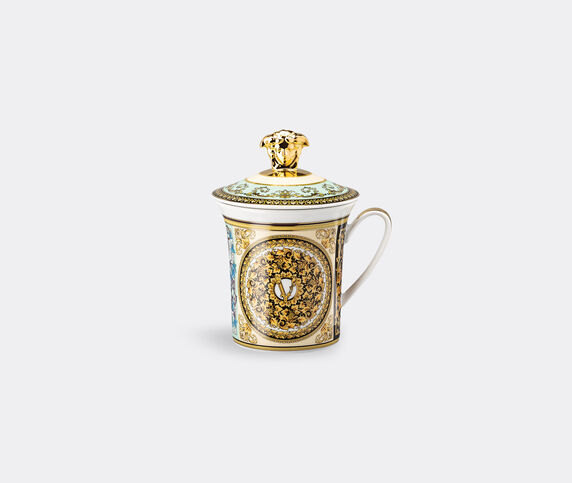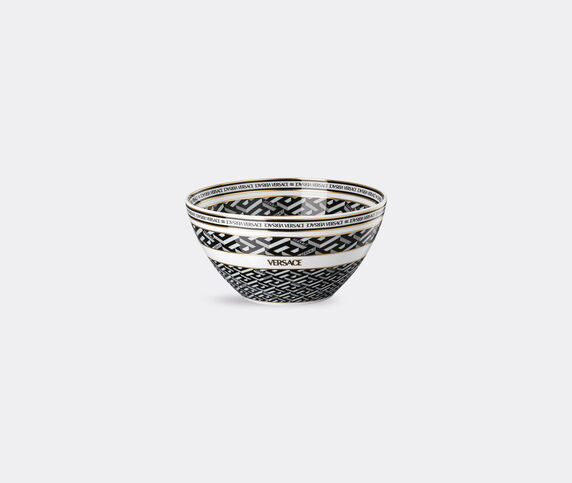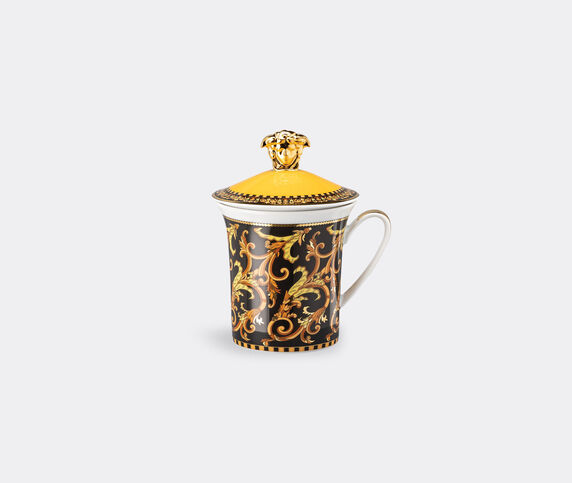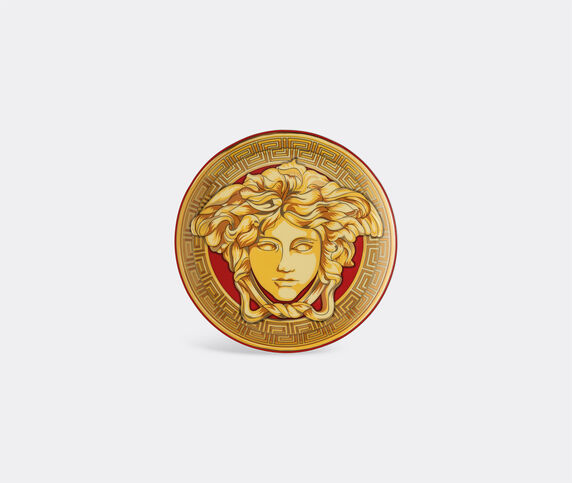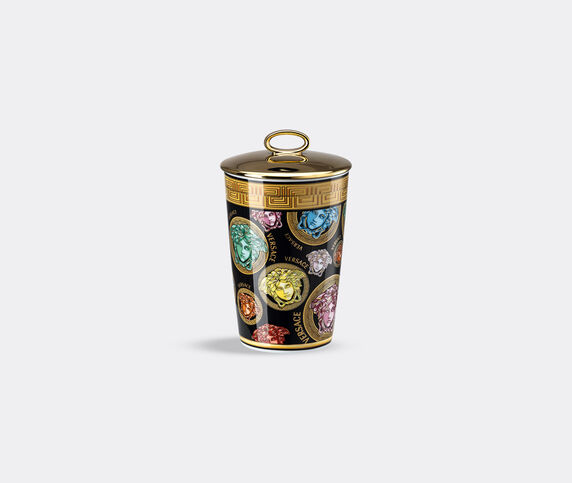Founded in 1879 by Philipp Rosenthal, German porcelain specialist Rosenthal first found success with its hugely popular range of ashtrays, Jugendstil-style service sets and Eros figurines. Today, the brand works with top architects, artists and designers as well as young talent to create cutting-edge products of the very highest quality. It has produced Versace tableware for over 20 years.
- price:
- Change view:
- Two
- Four
Rosenthal: High Quality Porcelain Collections And Design Objects
Rosenthal was founded in 1879 by Philipp Rosenthal, at only seventeen years old. He left Germany for America and progressed from being dishwasher to a salesman for porcelain. Upon his return to Germany he was full of ambition and so laid the foundations for his company, setting up a porcelain painting business. Rosenthal’s initial success led him to produce his own porcelain in 1891. A porcelain factory was something new and sophisticated, with technical developments and contemporary design. It became a place of innovative design ideas, therefore remaining true to Rosenthal’s motto; “I have no use for anyone who cannot look beyond the garden fence.”
By 1929 Rosenthal had grown to new heights. With 7,000 employees producing porcelain elaborately crafted by hand, the brand was now famous all over the world and was highly sought after as an export.
In the 1950s Rosenthal had its own sales department in order to show off new products and contemporary designs in the appropriate setting. The first Rosenthal Studio House was opened in 1960 in Nuremberg, representing an important pillar in the distribution network and contribute to the public image of Rosenthal. It was in 1967 that the old factory gave way to an international company base and new factories offered automation facilities to ensure that pieces were manufactured with precision and that the quality remained consistent. In the same year Rosenthal produced an icon in tableware; TAC, The Architects Collaborative. Designed by Walter Gropius in a distinctive Bauhaus style..
In 1979 Rosenthal celebrated its centenary by publishing “The Rosenthal Story”, in which Phillip Rosenthal wrote, “For us and for our successors, a hundred years of Rosenthal should represent: a little pride, a good opportunity, and, above all, an obligation towards the 101st year and the 125th year, etc.” Unfortunately, by the late 80s the economic situation of the whole porcelain industry in Western Europe had deteriorated due to the end of the Cold War and the opening up of the markets. Rosenthal entered into a consolidation phase during the 1990s, but between 1998 and 2000 alone more than EUR 30 million was invested into automatic production facilities, making Rosenthal owner of the world's most modern porcelain production facilities.
During the 90s, a new partnership with Waterford Wedgwood PLC, who acquired most the shareholding in the company, led to two global leaders of the dining experience, as well as for gifts and art made of porcelain and glass, coming together. Shortly after followed the collaboration with Versace in 1992. Versace Lifestyle came to life with the Rosenthal partnership. Even today, under the leadership of Donatella Versace, many of the inimitable decors and motifs created during the collaboration have been newly interpreted so that they are still contemporary and appealing in the 21st century.
In 2015 Rosenthal launched its own furniture line. Working together with internationally renowned designers to create luxurious furniture to meet the highest standards of innovative design and quality craftsmanship. However, there are also new editions of old classics. Most of the designs are by ADA, an Austrian furniture manufacturer which is now one of the most important furniture manufacturers in Europe. 2016 marked what would have been Philipp Rosenthal’s 100th birthday. Rosenthal was a true influencer on porcelain manufacturing, he had vision and flair and inventive with new patterns. Collaborating with designers, artists, architects as well as innovative approaches to the working environment and to how we interact is still a huge part of Rosenthal ethos. The brand celebrated with the extraordinary "Gropius goes Rosenthal" design and architecture exhibition in the KaDeWe department store (from 31.03.2016 to 27.04.2016), a customer magazine about Philip Rosenthal, and an exclusive centenary collection. In the same year Rosenthal was awarded eleven prizes, including the Red Dot Design Award for Nightingale, the iF Design Award for Kitchen by Thomas and the German Design Award. These prizes contributed to already 500 prizes and awards which the company has received since it was founded, which all attest to the enormous expertise in design and the huge customer focus of the Rosenthal brand.
Designer Focus
Mario Bellini
Bellini is a graduate from Milan Polytechnic, he has designed numerous pieces of furniture and furnishing accessories. The architect and product designer is also behind a number of prominent architectural landmarks, including the Natuzzi Americas Headquarters in the United States, the Tokyo Design Centre in Japan and the Deutsche Bank headquarters in Frankfurt am Main. Bellini's impressive work is displayed in New York's Museum of Modern Art.
Mario Bellini designed the ‘Cupola Tea Set’ for Rosenthal.
Sebastian Herkner
Born in 1981 in Baden-Württemberg, Sebastian Herkner is a young product designer based in Offenbach. He has already won a number of awards (including a Red Dot Award for his 2010 ‘Bell Table’ for ClassiCon), Herkner focuses on materials, colours and texture to produce designs for the likes of Moroso, La Chance, as well as Rosenthal. He is also a visiting lecturer at HfG Offenbach.
Sebastian Herkner designed the ‘Domo Vase’ for Rosenthal.
Walter Gropius
Walter Gropius was a pioneering German architect (1883-1969) and the director of the legendary Bauhaus in Weimar and Dessau. His work, which aimed to be ‘free from untruths or ornamentation’, marked the beginning of a new era in architecture and design. As well as buildings, Gropius designed everything from furniture to door handles to tableware.
Walter Gropius designed the iconic ‘TAC’ service for Rosenthal.
Office for Product Design
Office for Product Design was founded by Nicol Boyd and Tomas Rosén in 2007. Based in Hong Kong, the design studio’s practise is split into two: studio projects and consultancy services; both rooted in the same rational and analytical approach. Their award-winning work includes consumer electronics, furniture and lighting.
Office for Product Design designed the ‘Fondale Vase’ for Rosenthal.
Iconic Products
‘TAC Gropius’ Coffee Pot
Designed by Bauhaus founder Walter Gropius in 1969, this iconic tea and coffee series is instantly recognisable thanks to its striking angled handles and elegant spouts. Made of high-quality white porcelain, it contains cups and saucers, as well as a large teapot, coffee pot, sugar bowl and creamer.
‘Magic Flute Sarastro’ Teapot
This teapot is the work of Danish artist Bjørn Wiinblad and the collection is based on Mozart’s The Magic Flute, the designer’s favourite opera. Every piece of the high-quality porcelain service depicts a different scene from the opera in a delicate gold relief and features the libretto of that same scene on the underside, in Wiinblad’s handwriting in gold.
Versace ‘Medusa Gala’ Service Plate
Versace and Rosenthal have collaborated for over 20 years to produce opulent tableware fit for the grandest occasion. This serving platter was part of one of the first collections designed by the Italian fashion house for the German porcelain specialist. At its centre is the head of Medusa, emblem of the Versace brand, surrounded by a baroque floral pattern, all in gold detail.
How to shop
Shop via Category:
-
Tableware
-
Tea & Coffee
-
Vases
Shop via Designer:
































